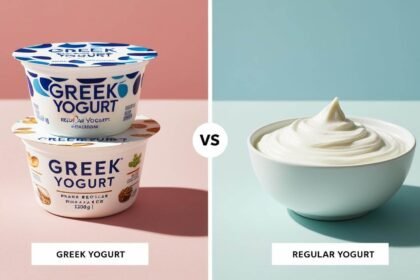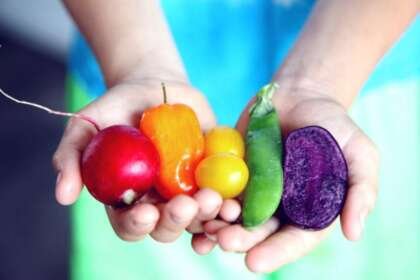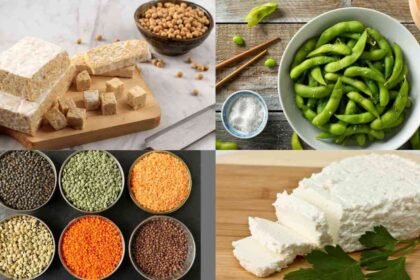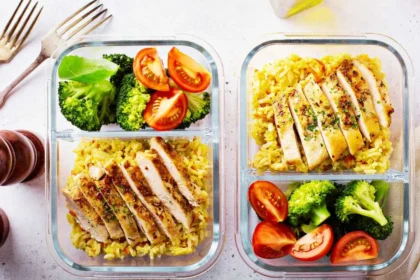These days, more and more people are eager to branch out and try unusual foods, which has led to an increase in demand for exotic fruits. The dragon fruit’s striking appearance and mild, sweet taste have made it one of the most popular exotic fruits. However, how does it stack up against other exotic fruits like the Kiwano Melon, jackfruit, and rambutan?
The purpose of this article is to examine these fruits in depth and make comparisons regarding their nutritional value, flavour, and practical applications. In 2020, the global market for exotic fruits was worth $11.3 billion, and by 2027, that number is projected to rise to $17.2 billion, with dragon fruit being one of the fastest-growing segments. Let’s dive in and find out what makes these exotic fruits special.
Nutritional Comparison

1. Nutrient Content of Dragon Fruit, Kiwi, Passionfruit, and Papaya
A. Dragon Fruit
As a low-calorie, high-nutrient fruit, dragon fruit is a great option for anyone watching their weight. Dragon fruit has the following nutrients per 100g:
- Calories: 60
- Carbohydrates: 13g
- Fiber: 3g
- Protein: 1g
- Vitamin C: 34% of the Daily Value (DV)
- Iron: 8% of the DV
B. Kiwifruit
Kiwifruit, like many other fruits, is packed with healthy nutrients like vitamin C and iron. Each 100 grammes of kiwifruit provides:
- Calories: 61
- Carbohydrates: 15g
- Fiber: 3g
- Protein: 1g
- Vitamin C: 154% of the DV
- Vitamin K: 38% of the DV
- Potassium: 7% of the DV
C. Passionfruit
Passionfruit is a great source of several important nutrients, and it has a tangy and sweet taste to boot. When consumed in moderation, passionfruit provides:
- Calories: 97
- Carbohydrates: 23g
- Fiber: 10g
- Protein: 2g
- Vitamin C: 30% of the DV
- Vitamin A: 26% of the DV
- Iron: 20% of the DV
D. Papaya
A tropical fruit high in antioxidants and digestive enzymes, papaya is a popular choice for health-conscious eaters. To name a few of the nutrients found in just 100 grammes of papaya:
- Calories: 43
- Carbohydrates: 11g
- Fiber: 2g
- Protein: 1g
- Vitamin C: 75% of the DV
- Vitamin A: 10% of the DV
- Folate: 10% of the DV
2. Comparison of Macronutrient and Micronutrient Profiles
The fruits we just discussed are all excellent sources of energy because they are all low in fat and high in carbohydrates, fibre, and a wide range of vitamins and minerals. Although they share many similar nutrients, they do have some key distinctions. While kiwis are an excellent source of vitamin K, dragon fruits have more iron than other fruits. The fibre content of passionfruit is high, and the folate content of papaya is high.
3. The Benefits of Each Fruit for Health and Wellness
A. Dragon Fruit
An excellent source of antioxidants, which can help defend cells from free radical damage, dragon fruit is a great addition to any diet. Its high fibre content may also have anti-inflammatory effects and aid digestion.
B. Kiwifruit
Kiwifruit is an excellent source of vitamin C, which helps the body produce collagen and is good for the immune system. Potassium, which can be found in abundance in this food, is beneficial for keeping blood pressure in check.
C. Passionfruit
Passionfruit’s high fibre content means it may help with digestion and blood sugar control. Iron, which is needed for both red blood cell health and energy production, is also present.
D. Papaya
Papain is an enzyme found in papaya that can aid digestion and lessen inflammation. It also contains a lot of vitamin C, which helps the body fight off infections and protects cells from free radicals.
Flavor and Texture
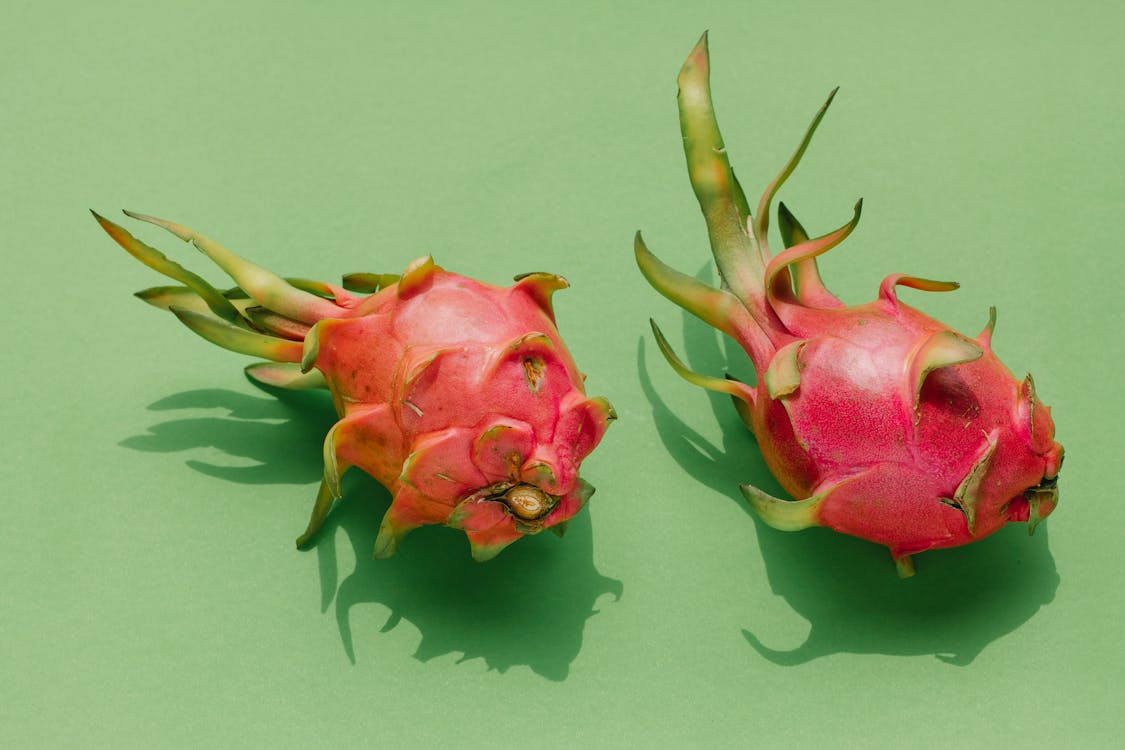
1. Taste and Texture of Each Fruit
A. Dragon Fruit
The flavour of dragon fruit is mild and sweet, with just a hint of sourness. Crunchy and juicy, much like a kiwi.
B. Kiwi
Kiwi has a mildly sour aftertaste and a sweet, tangy flavour. Like a strawberry, it has a tender, fruity texture and tiny seeds.
C. Passionfruit
The flavour of passionfruit is tropically sweet with a tart and tangy undertone. The pulp is tender, and there are crunchy seeds throughout.
D. Papaya
Papaya is sweet and musky in taste, and it has a buttery, tender, and creamy texture.
2. Comparison of Flavors and Textures
Dragon fruit and kiwi share a crunchier, juicier texture, but dragon fruit has a more subtle flavour and kiwi has a more pronounced acidity. In contrast to the sweet and musky flavour of papaya, which is creamy and buttery in texture, passionfruit has a distinctive, tangy flavour and soft, pulpy texture.
3. Tips on How to Pair the Fruits with Other Foods
- Dragon fruit: Typical tropical flavours go well with dragon fruit, including pineapple and coconut. It’s a great complement to savoury ingredients like avocado and grilled meats.
- Kiwi: Kiwi complements other sour fruits like berries and citrus. It’s delicious when combined with rich dairy products like yoghurt or cheese.
- Passionfruit: Mango and pineapple, which are both sweet and tangy, are excellent complements to the passionfruit’s sourness. It’s delicious with similarly decadent flavours, like cream cheese or vanilla ice cream.
- Papaya: Spiciness and acidity, like those found in lime and chilli, complement papaya nicely. It’s also great with other tropical fruits like mango or coconut.
Culinary Uses
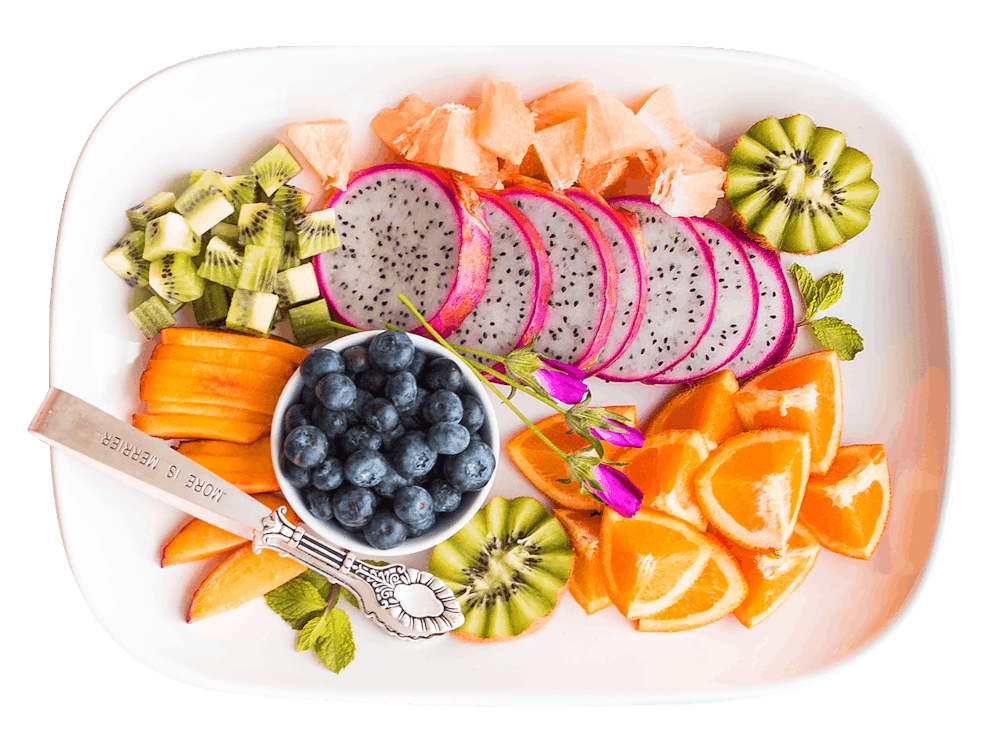
1. Culinary Uses of Dragon Fruit, Kiwi, Passionfruit, and Papaya
All four fruits have distinct tastes and textures, making them useful in a wide range of recipes. Some common ways they’re used in the kitchen are listed below.
- Dragon fruit: Smoothies, salads, and sweets are just some of the ways you can use this versatile ingredient. You can also eat the flesh by itself or add it to other foods like yoghurt or oatmeal.
- Kiwi: It is frequently found in pavlova and kiwi tart, as well as in fruit salads and smoothies. Kiwi is versatile and can be used in a variety of ways.
- Passionfruit: It’s a common ingredient in passionfruit mousse and cheesecake in addition to juices and cocktails. The seeds can be sprinkled on top of ice cream or yoghurt, or eaten on their own.
- Papaya: You can drink it, put it in a salad, or even throw it into a salsa or ceviche and eat it that way. Papaya can also be used in savoury dishes like fish tacos when grilled or baked.
2. How to Use Each Fruit in Breakfast, Lunch, Dinner, and Snack Recipes
A. Breakfast
- Top a bowl of frozen dragon fruit smoothie with granola, kiwi, and shredded coconut, then blend in some yoghurt and honey.
- Add some heat to your breakfast by spreading some mashed avocado on whole-grain toast and topping it with sliced kiwi and a sprinkle of chilli flakes.
- Breakfast on the go? Pack some sliced papaya, Greek yoghurt, and granola in a jar and you have a papaya and yoghurt parfait.
- For a sour take on a breakfast staple, try making pancakes with passionfruit pulp added to the mix.
B. Lunch
- To make a salad with dragon fruit, shrimp, cucumber, and avocado, toss the ingredients with a lime dressing and toss.
- Combine shredded chicken, kiwi, almonds, and greens with a balsamic vinaigrette and serve as a salad.
- Crostini with passionfruit and goat cheese involves spreading goat cheese on baguette slices, then topping them with passionfruit seeds and a little honey.
- Fill rice paper rolls with shredded papaya, vegetables, and shrimp, then drizzle with peanut sauce for a tasty summertime appetiser.
C. Dinner
- Salsa de dragon fruit: diced dragon fruit, red onion, cilantro, and lime juice atop grilled fish.
- Cook pork, broccoli florets, and sliced kiwi in a soy sauce and ginger sauce for a delicious stir-fry.
- Grilled chicken marinated in passionfruit juice turns out juicy and tender.
- Fill soft tacos with black beans, sliced papaya, avocado, and salsa for tacos with papaya and black beans.
D. Snacks
- Make a tasty treat by blending frozen dragon fruit, mango, and coconut milk.
- Serve with apple slices or crackers and a side of kiwi and yoghurt dip made by combining Greek yoghurt, honey, and diced kiwi.
- Make bite-sized energy balls by blending passionfruit pulp, coconut flakes, and dates.
- Skewer pieces of papaya and cubes of cheese in alternating order for a healthy and filling snack.
3. How to Combine the Fruits in Dishes
- Dragon fruit and papaya salad: Toss together diced dragon fruit, papaya, arugula, cucumber, and lime dressing.
- Kiwi and passionfruit smoothie: To make a tropical and refreshing drink, puree kiwi, passionfruit, banana, and coconut milk.
- Papaya and passionfruit salsa: To make a sweet and tangy salsa that goes well with grilled meats and fish, combine diced papaya, passionfruit, red onion, and jalapeo.
Availability and cost
1. Availability and Cost of Dragon Fruit
There has been an increase in the availability of exotic fruits in supermarkets and niche markets. However, regional and seasonal factors can affect both availability and price. Exotic fruits like dragon fruit, kiwi, passionfruit, and papaya can be found in most supermarkets.
2. Cost Comparison
In comparison to other “exotic” fruits like kiwi, passion fruit, and papaya, dragon fruit is typically more costly. Depending on the time of year and where you live, the price per pound can change by as much as $4. Papaya can cost anywhere between $1 and $3 per pound, while kiwi and passionfruit go for around $2 to $4.
3. How to Purchase and Store
Whenever possible, pick dragon fruits and other exotic fruits that are firm and unblemished. Fruits with a vivid hue are at their peak of ripeness and should be selected. The fruit can be left out at room temperature until it is ripe, if necessary. The fruit can be refrigerated for up to a week after it has reached peak ripeness.





